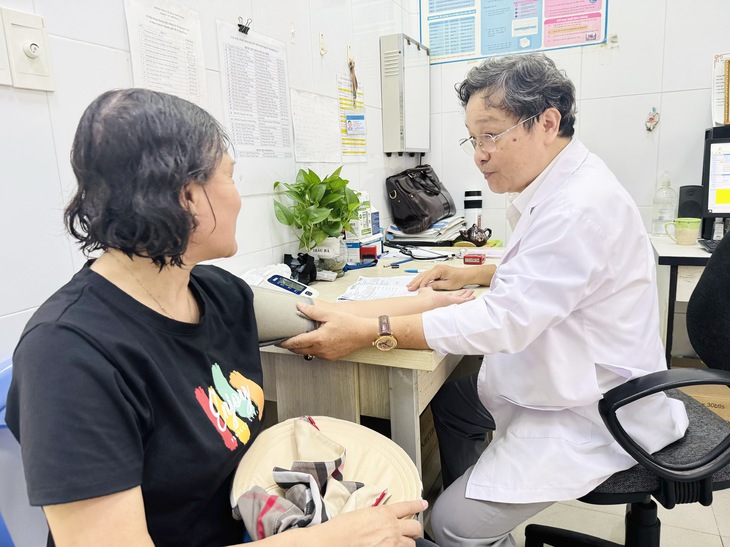
Doctors at the medical station examine and treat people
According to Resolution 72, in the period from 2025 to 2030, each year localities will rotate and transfer at least 1,000 doctors to work for a limited time at commune-level health stations; supplement permanent doctors at the stations, by 2030 there will be enough doctors according to their functions and tasks.
Hope to be close to people and understand the disease
In 2025, after graduating as a doctor from Pham Ngoc Thach University of Medicine, instead of continuing on the path to work at a large hospital like many other friends, Dr. Trinh Thien Tinh decided to apply and register to work at Tan Son Nhi Ward Medical Station (HCMC).
To make this decision, Tinh faced a lot of opposition from his family because they wanted their son to return to work in the hospital and improve his skills. However, with the view of wanting to be closer to the people, only good prevention to "intercept" diseases from afar can reduce the burden on the health system.
"At primary health care, I can detect chronic diseases such as high blood pressure and diabetes and guide patients on timely disease prevention. Moreover, there I have more intimacy and time to care for patients than in a hospital environment," said Dr. Tinh.
Talking about the risk of job loss if working at the primary health care level, Dr. Tinh said that at the primary health care level, one will be exposed to many types of diseases instead of one specialized disease like in the hospital.
Doctor Tinh believes that lower level healthcare is increasingly improving, people are treated right at home, and their health is increasingly improving.
Working for many years at Binh Thanh Regional Medical Center, being transferred to Ward 13, Binh Thanh District (old) - where the number of health insurance examinations and treatments reached more than 1,400 visits - Doctor Hoai Nam said that the rate of people visiting medical facilities is increasingly receiving attention.
To do this, it is necessary to supplement human resources for primary health care.
"In addition to increasing staff for grassroots health care through policies to increase benefits, it is also necessary to supplement medicine for lower levels. Only then will people be interested in staying with the hospital and avoid overloading the upper levels," said Dr. Nam.
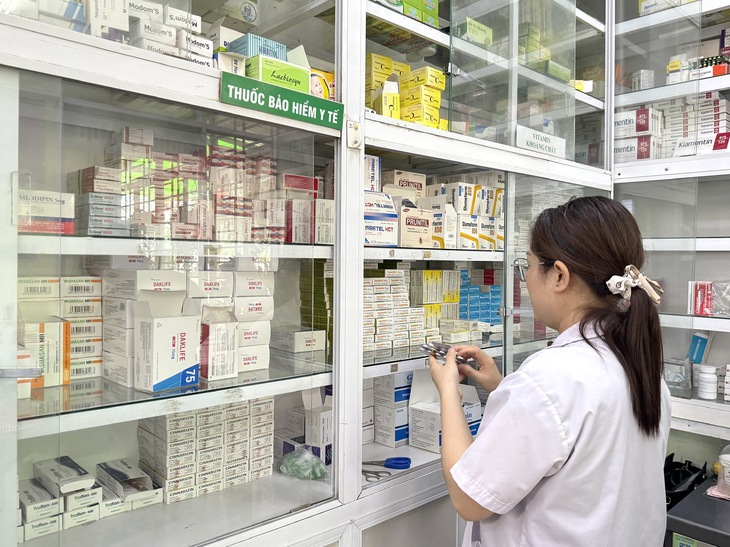
Besides increasing human resources for medical stations, expanding the list of health insurance drugs will attract people to visit, reducing the burden on upper-level facilities - Photo: THU HIEN
Many places still have a serious shortage of doctors.
Speaking with Tuoi Tre , Dr. Pham Van Tuan - Director of Binh Chanh Regional Medical Center (HCMC) - said that after merging administrative boundaries, the number of medical stations under the center decreased from 16 to 7.
According to Circular 03 of the Ministry of Health , the staff assigned to each medical station in the old Binh Chanh area in 2025 is 50 staff (calculated by population), but in reality, there are only about 15 staff. The total staff of the entire center is 215. The actual staff is lower than the standard, making the workload of each medical staff higher.
Binh Chanh Regional Medical Center wishes to increase its staff to match the size of the medical stations, especially when the stations are assigned new functions and tasks. According to the center's leaders, although the need for more doctors is very necessary, more importantly, the total number of staff at the stations must be increased to meet the increasing workload.
At Phu Thuan Ward Medical Station (HCMC), Dr. Ho Van Nho - station chief - said that the station currently has 16 staff members, including 4 doctors. Before and after the merger, the unit was still short of 5 staff members.
According to Dr. Nho, after the merger, the management area became larger, so the workload also increased, but the medical staff of the station still made efforts to manage and complete the tasks.
If the station is supplemented with doctors, it will help improve the quality of primary medical examination and treatment.
According to Dr. Nguyen Trong Nghia - Deputy Director of Cu Chi Regional Medical Center, it is necessary to have more policies to attract doctors to primary health care such as: creating conditions to improve professional skills, study for specialties, arrange accommodation to create favorable conditions for doctors, increase allowances...
Focus on improving the capacity of the health station system
To realize the spirit of Resolution 72, the Ho Chi Minh City health sector focuses on improving the capacity of the health station system by standardizing the quality of primary health services, building a mechanism to attract people to health stations for examination, initial classification, and continuous health monitoring. At the same time, expanding the coverage of preventive health services and chronic disease management in the community.
According to Mr. Tang Chi Thuong - Director of the Ho Chi Minh City Department of Health, the pilot program of practical training at hospitals attached to health stations for newly graduated doctors is a creative effort of the city's health sector in training doctors. The goal is to help young doctors get closer to the reality of community health, understand the operations of the grassroots health system, thereby forming a mindset of serving people comprehensively, from prevention to treatment.
Source: https://tuoitre.vn/dua-1-000-bac-si-ve-tuyen-duoi-ra-sao-202509300805201.htm


![[Photo] Students of Binh Minh Primary School enjoy the full moon festival, receiving the joys of childhood](https://vphoto.vietnam.vn/thumb/1200x675/vietnam/resource/IMAGE/2025/10/3/8cf8abef22fe4471be400a818912cb85)



![[Photo] Prime Minister Pham Minh Chinh chairs meeting to deploy overcoming consequences of storm No. 10](https://vphoto.vietnam.vn/thumb/1200x675/vietnam/resource/IMAGE/2025/10/3/544f420dcc844463898fcbef46247d16)

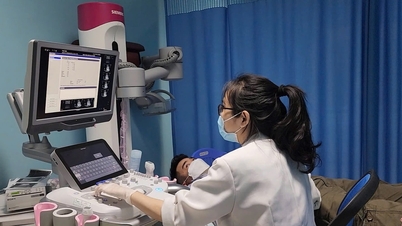



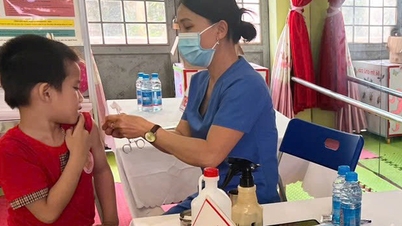




![[Photo] Grassroots health care creates breakthroughs in primary health care for people](https://vphoto.vietnam.vn/thumb/402x226/vietnam/resource/IMAGE/2025/1/18/e7175df8da0745ef9ff609a077959eb2)

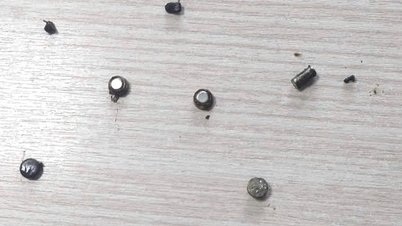



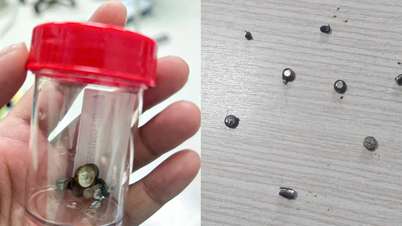

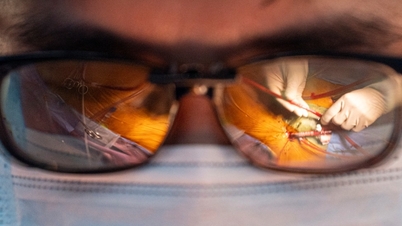
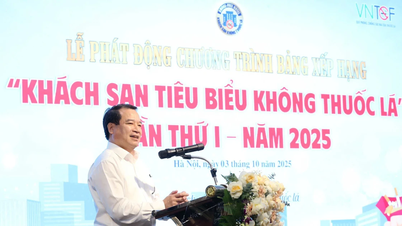
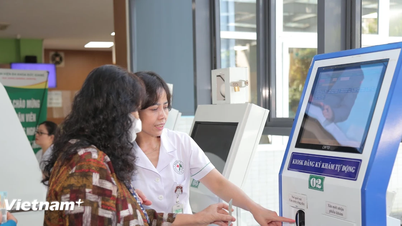







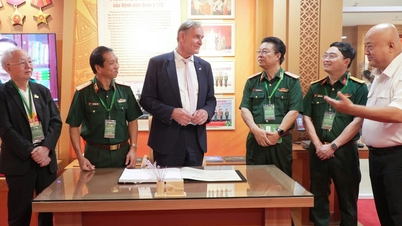

















































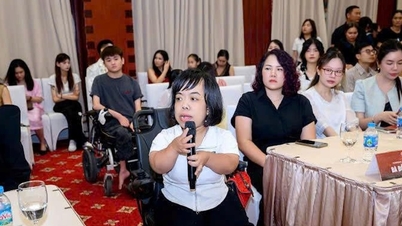






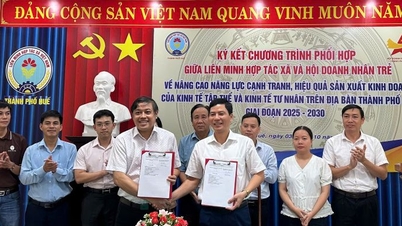















Comment (0)